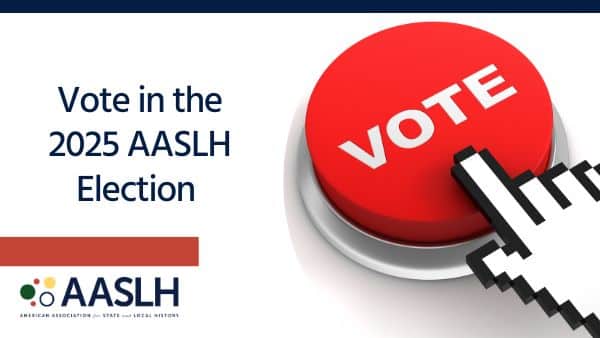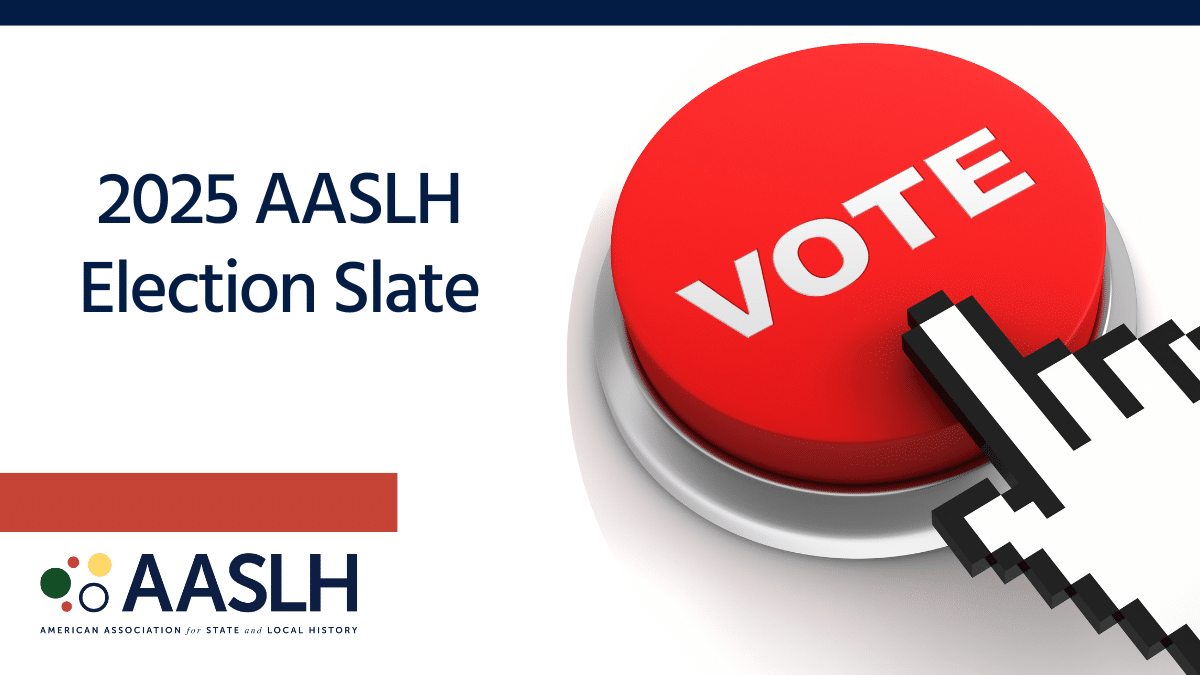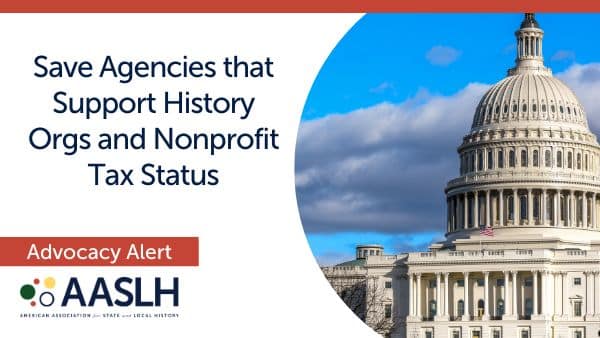The headline seems so logical to those of us in the history field. “Well, duh!” I thought when the blog came across the transom.
But we all know the battles we wage to convince any number of stakeholders–legislators, school boards, teachers, principals, administrators, even parents–how important our institutions are to the education of schoolchildren.
Having data that back up our assumptions is critical. Thanks to Deanne W. Swan, Senior Statistician, IMLS, we have some information to support our argument.
Here is a slice of Deanne’s post on the IMLS blog.
“…I presented some of the research we have been working on examining the influence of libraries and museums on early learning. This analysis provides insight into the differences between children who visit museums and those who don’t, including academic achievement. The analysis was based on data from the Early Childhood Longitudinal Study, Kindergarten cohort (ECLS-K), collected by the Department of Education’s National Center for Education Statistics (NCES). Using these data, I examined the influence of children’s museum visitation in kindergarten on academic achievement in third grade….
I found that children who visited a museum during kindergarten had higher achievement scores in reading, mathematics, and science than children who did not. These effects were small but significant. This is an exciting finding for early learning programs in museums. It is particularly compelling because we see this effect in the subgroup of children who are most at risk for deficits and delays in achievement.” (Read the full post here.)
While this is not the end-all, be-all of information about this issue, it is indeed encouraging news.
What are your thoughts?




